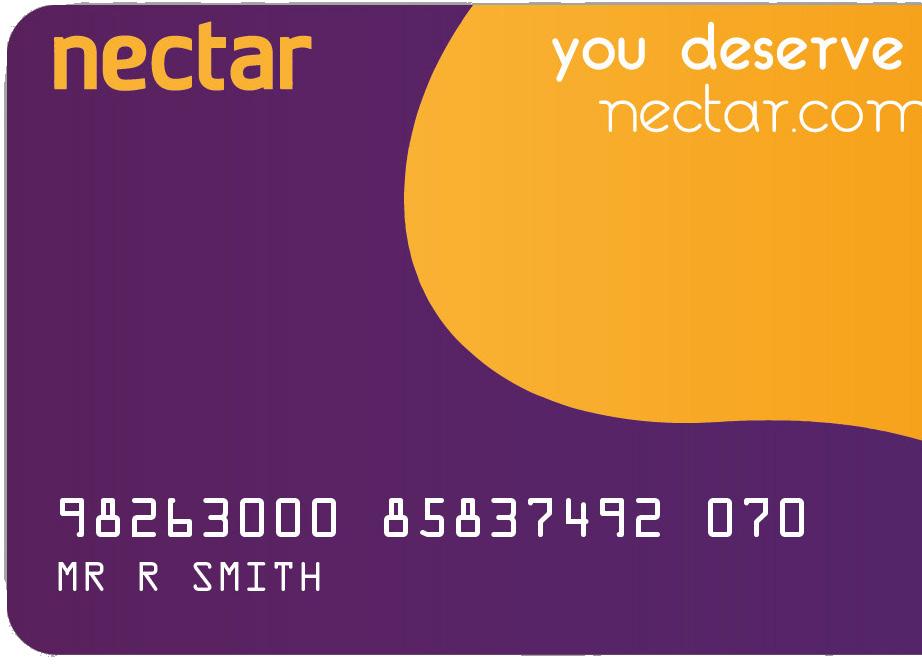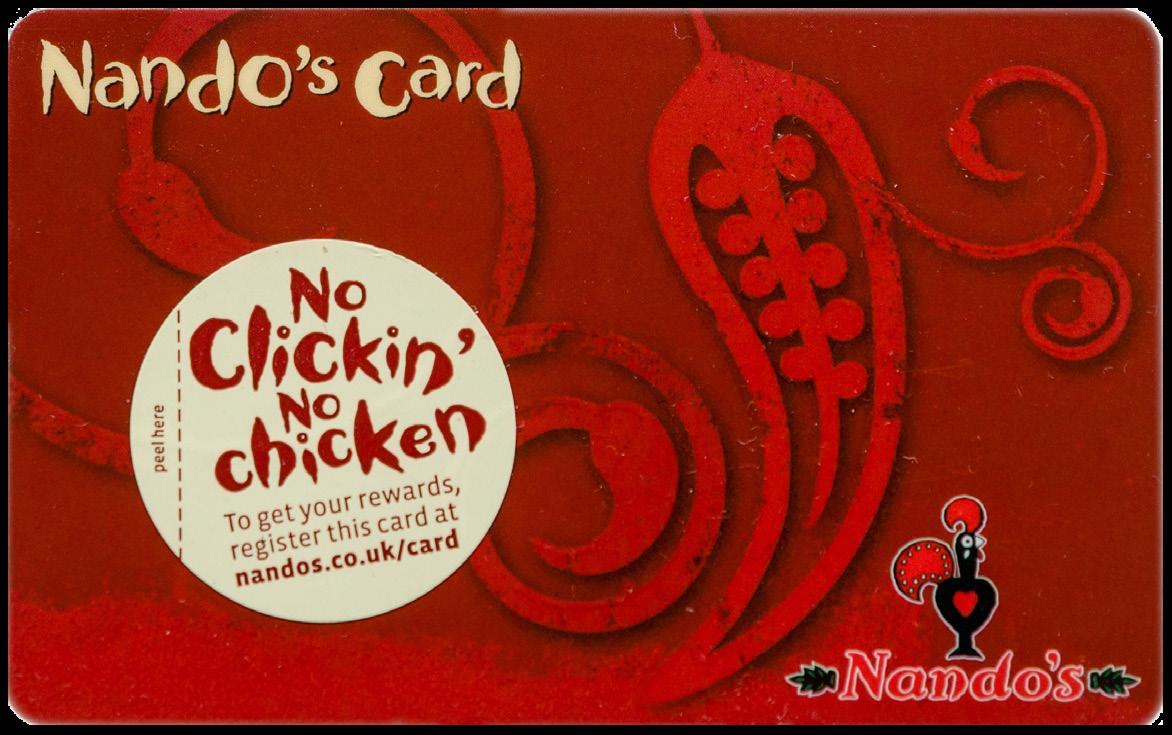
1 minute read
Do loyalty cards influence what we buy?


Advertisement
Ernie
A loyalty card is an identity card issued by a retailer to its customers as part of a customer incentive scheme that offers customers future discounts or rewards every time a transaction is made. The psychology behind these cards helps to explain why they are so effective at influencing our spending decisions. Loyalty cards give us one more reason to buy from a businessthe possibility of securing a free reward after making several repeat purchases. Studies suggest that these purchases occur more frequently when the customer knows they are getting closer to the reward meaning companies are likely to see shoppers returning after offering them a loyalty card. For the cards to be effective, customers need to believe that using them will be worthwhile, and the rewards on offer should be easily obtainable.

What’s in it for firms?
Loyalty cards encourage shoppers to return to stores more often and can even cause them to spend more than they were planning, generating increased revenue for firms. A well-known loyalty card is the Tesco Clubcard which has over 20 million members in the UK. After its introduction in 1995, customers were spending 28% more in stores within a year. Thanks to the ‘digitalisation’ of supermarket loyalty cards, vast amounts of data on spending patterns is being collected; this is often unknown to the customer which helps companies to present targeted products to their customers in the hope that they buy more. Running a loyalty card scheme can be quite expensive, especially when large discounts and offers are involved. Tesco will be cutting the value of Clubcard points by a third in June while Sainsbury’s and Boots are also reducing the value of their reward scheme’s points due to facing increased costs.

The problem with loyalty cards
Loyalty cards don’t necessarily create loyal customers, instead, they may just create repeat buyers who are willing to switch to alternative companies when their existing loyalty cards no longer seem worthwhile. A clear example of this is when a swarm of customers went to social media to express their outrage and even threatened to switch their main supermarket after Tesco announced it would cut the value of Clubcard points, decreasing from 10 points per £1 spent to only 4 . With affordable companies such as Aldi and Lidl becoming popular options for the UK during the current cost of living crisis, companies may start to see the flaws of their loyalty card schemes. What’s the point of a loyalty card that doesn’t even create loyalty? Take a moment during the next couple of days and ask your family about what loyalty cards they have. Would they consider themselves ‘loyal’ to the companies? You could also find out if they think they are being ‘influenced’ by these cards, and if so, do they even mind?









